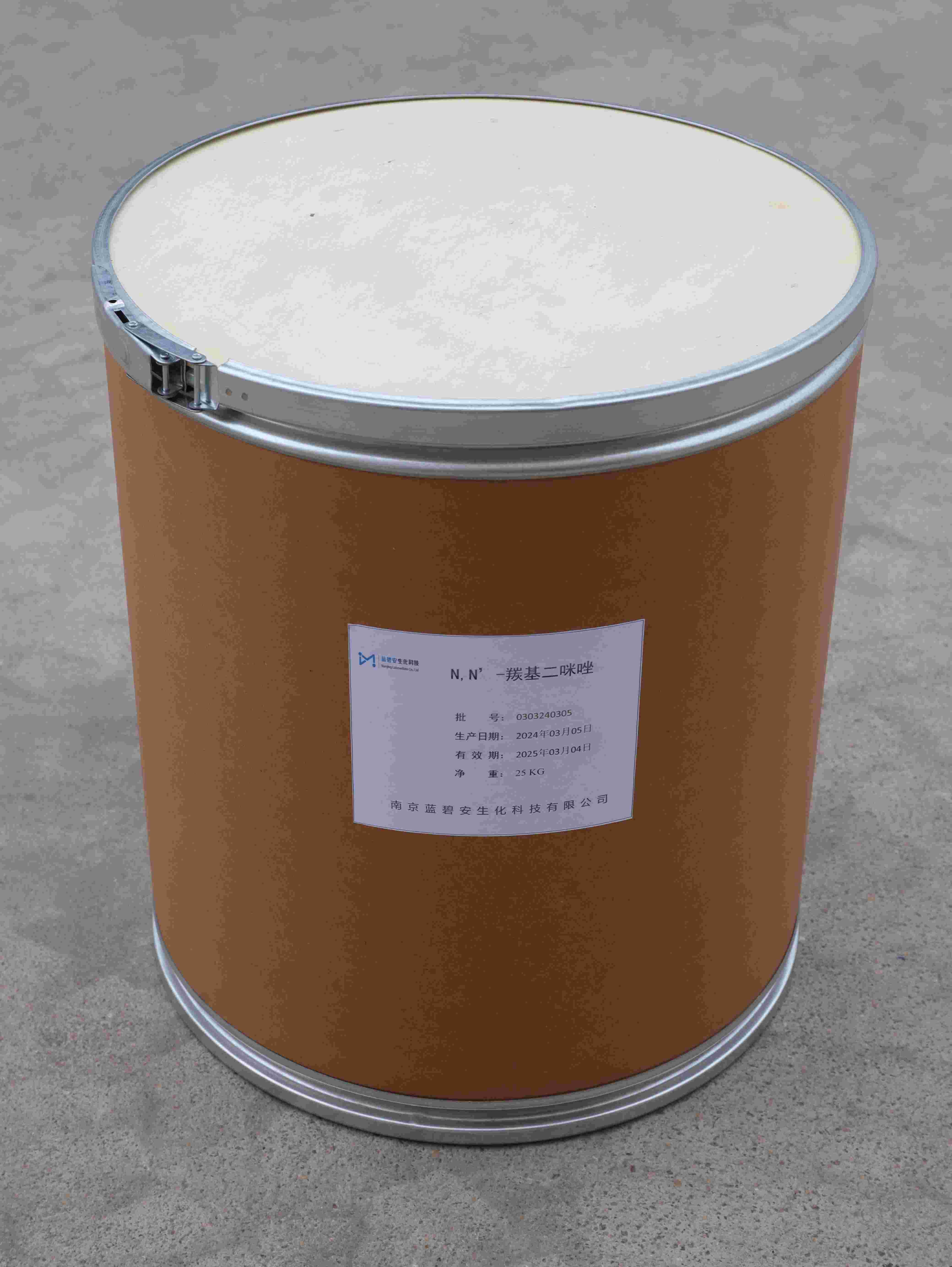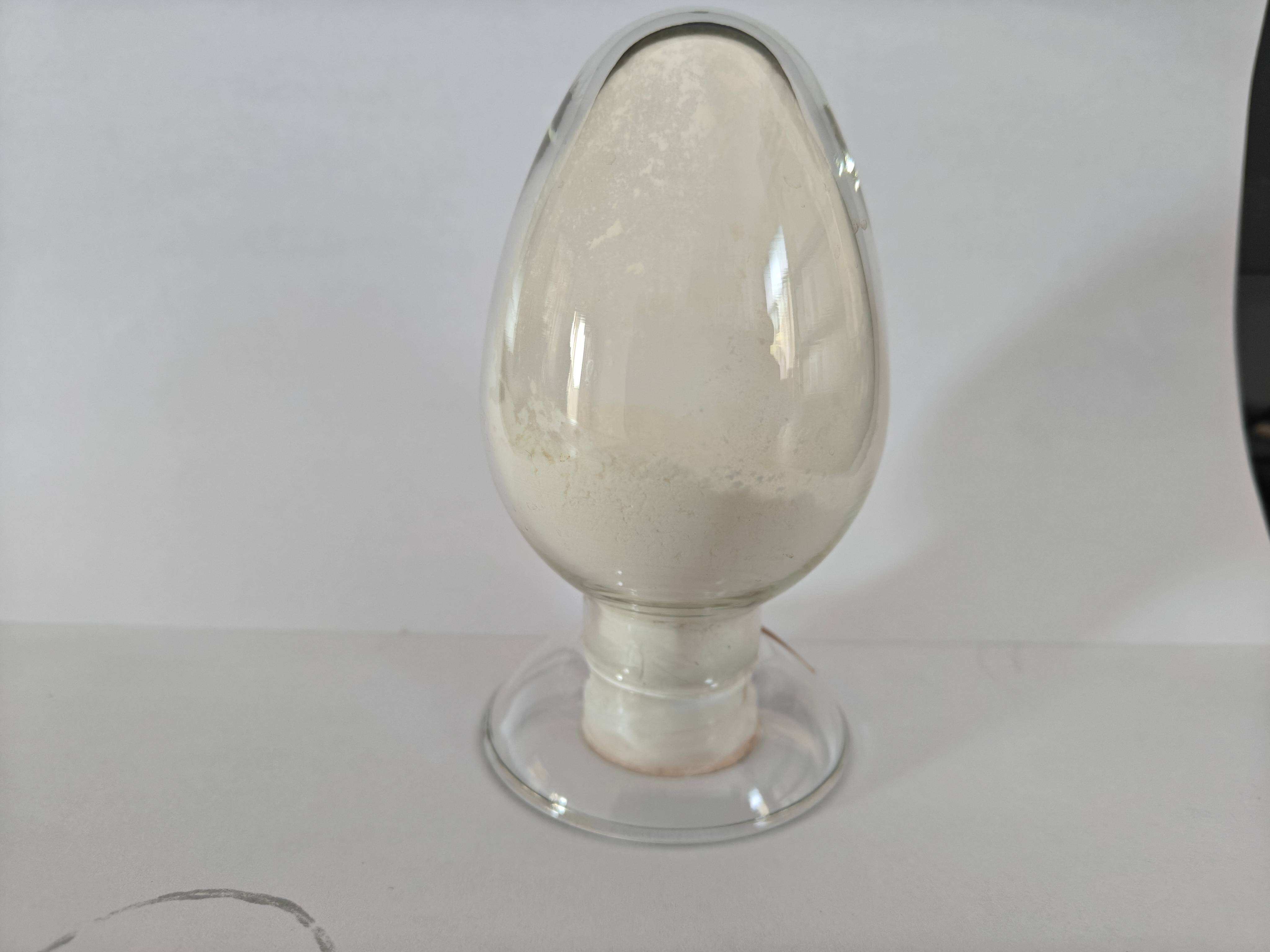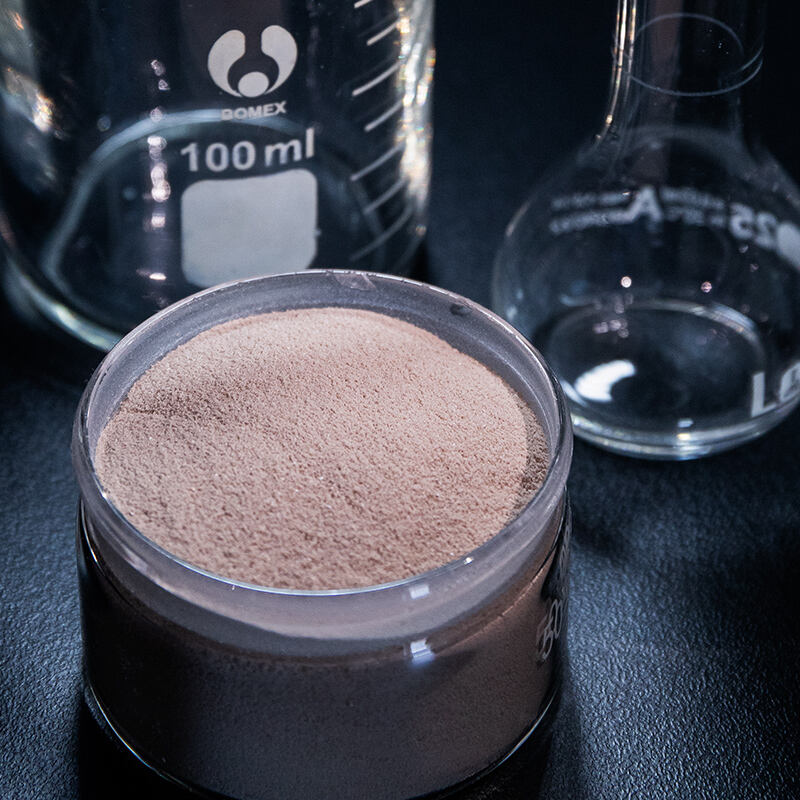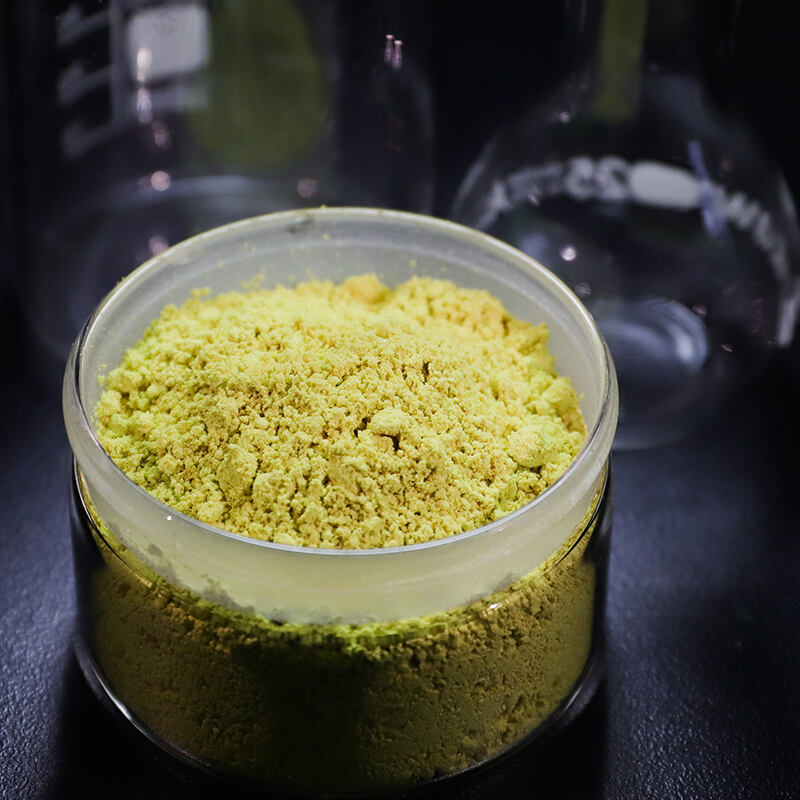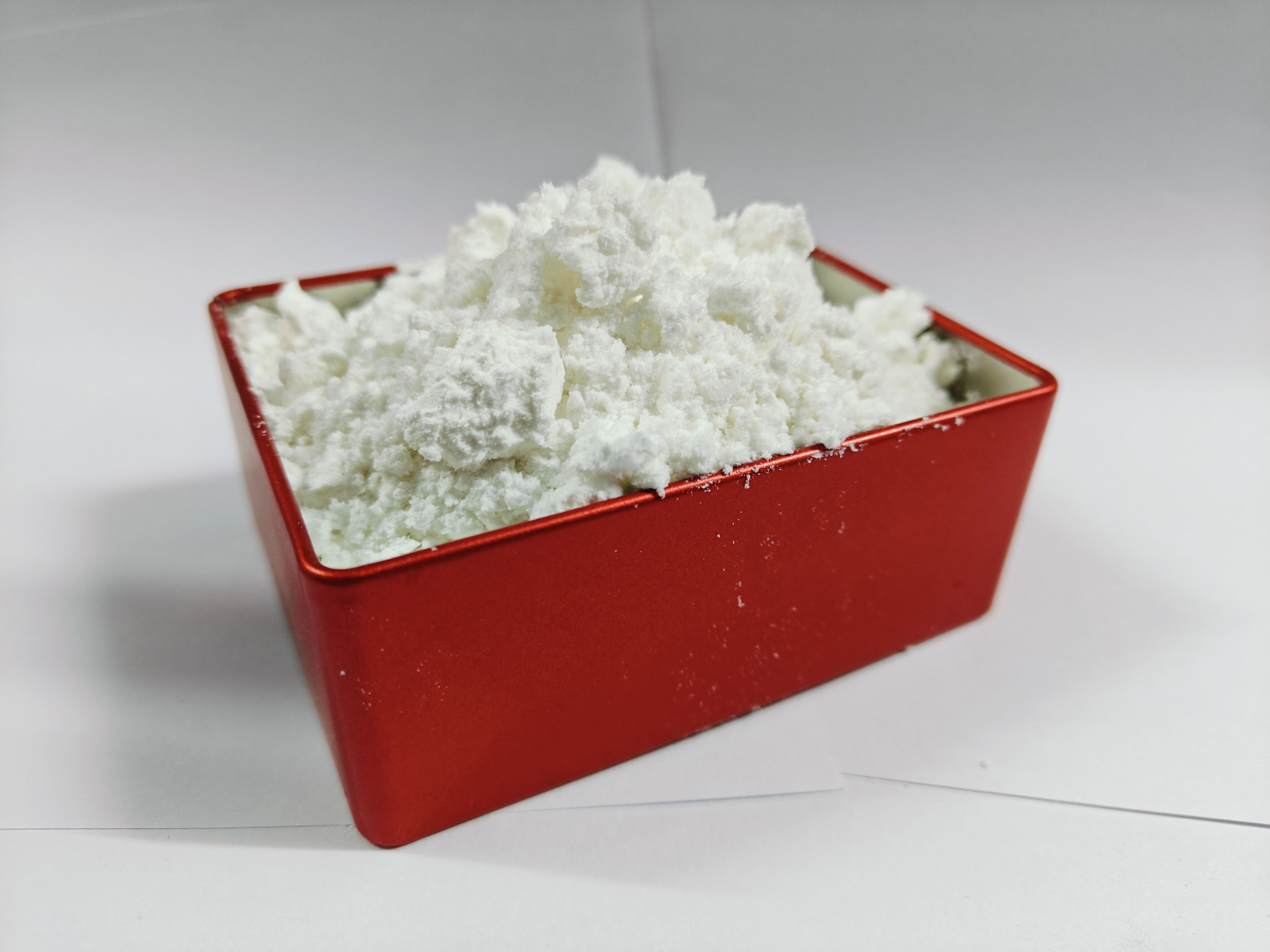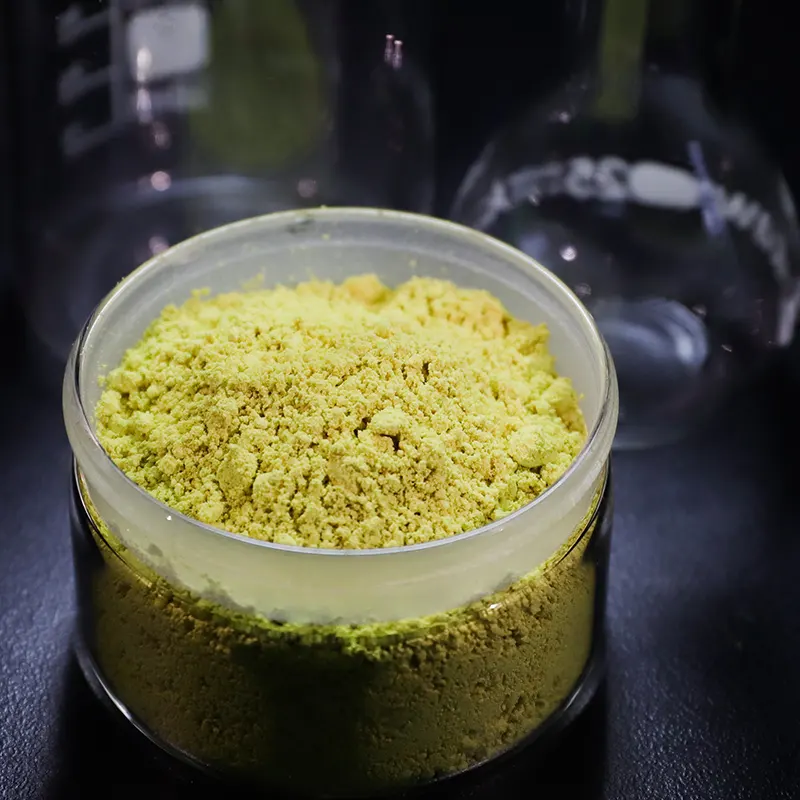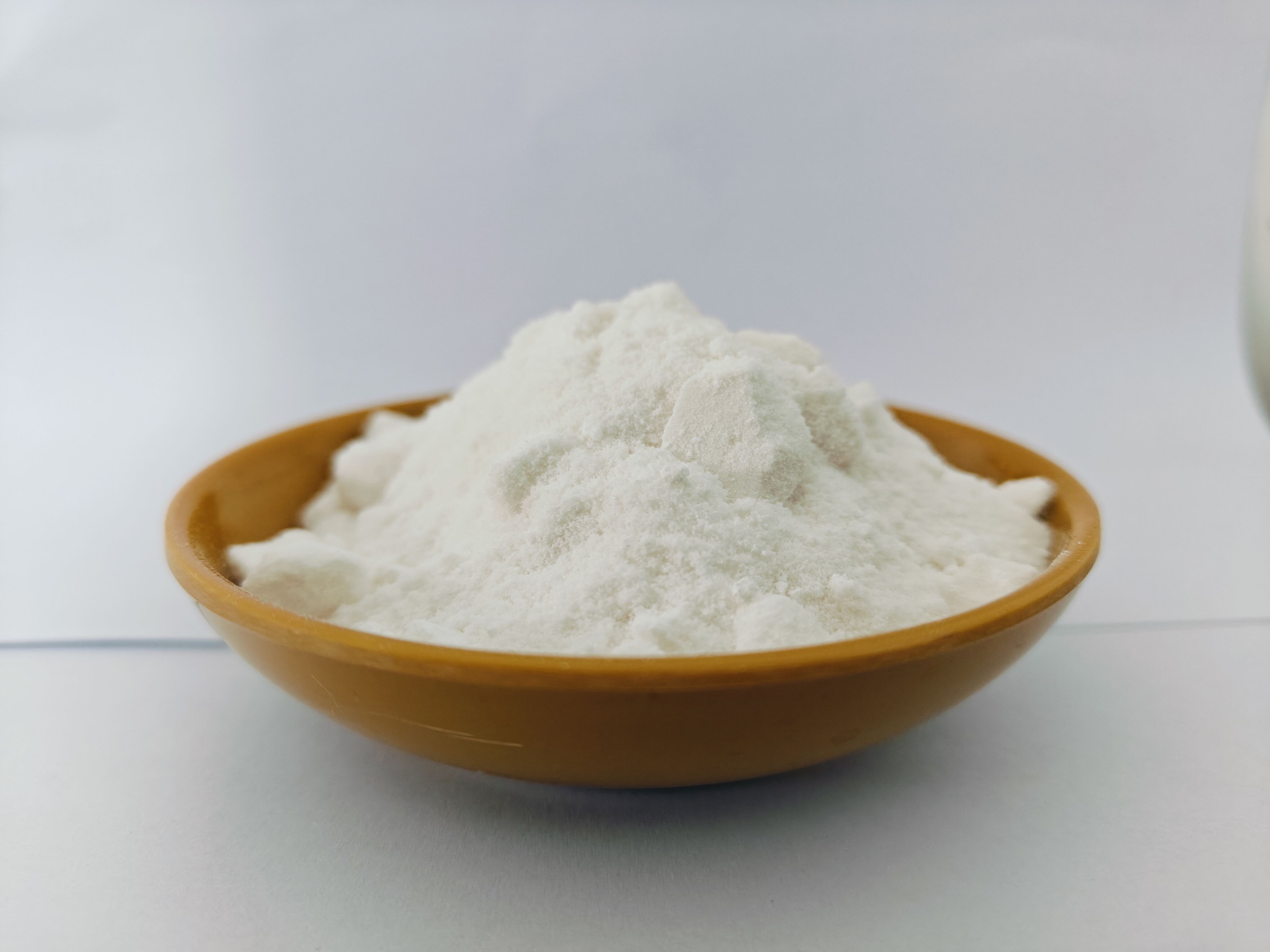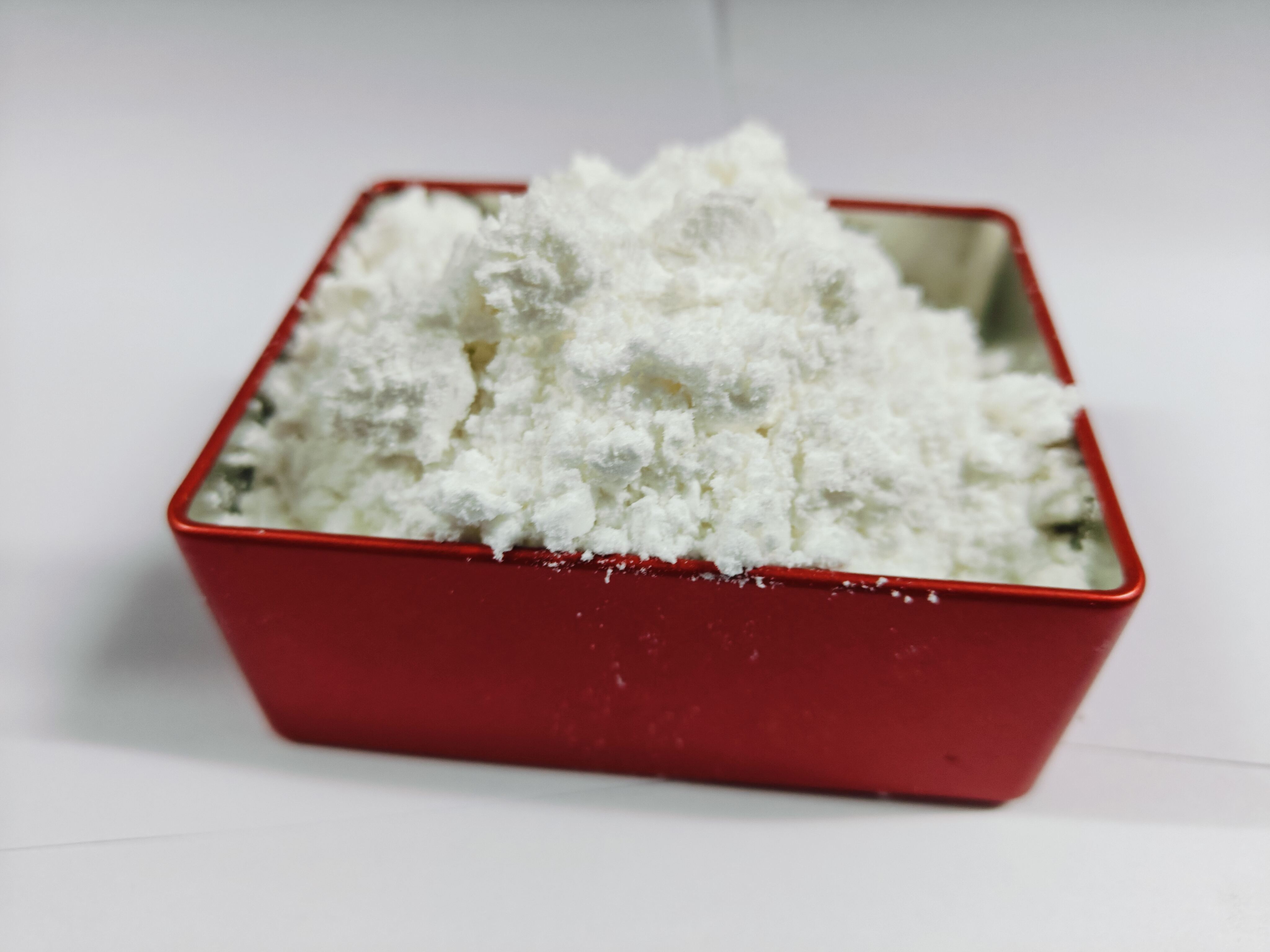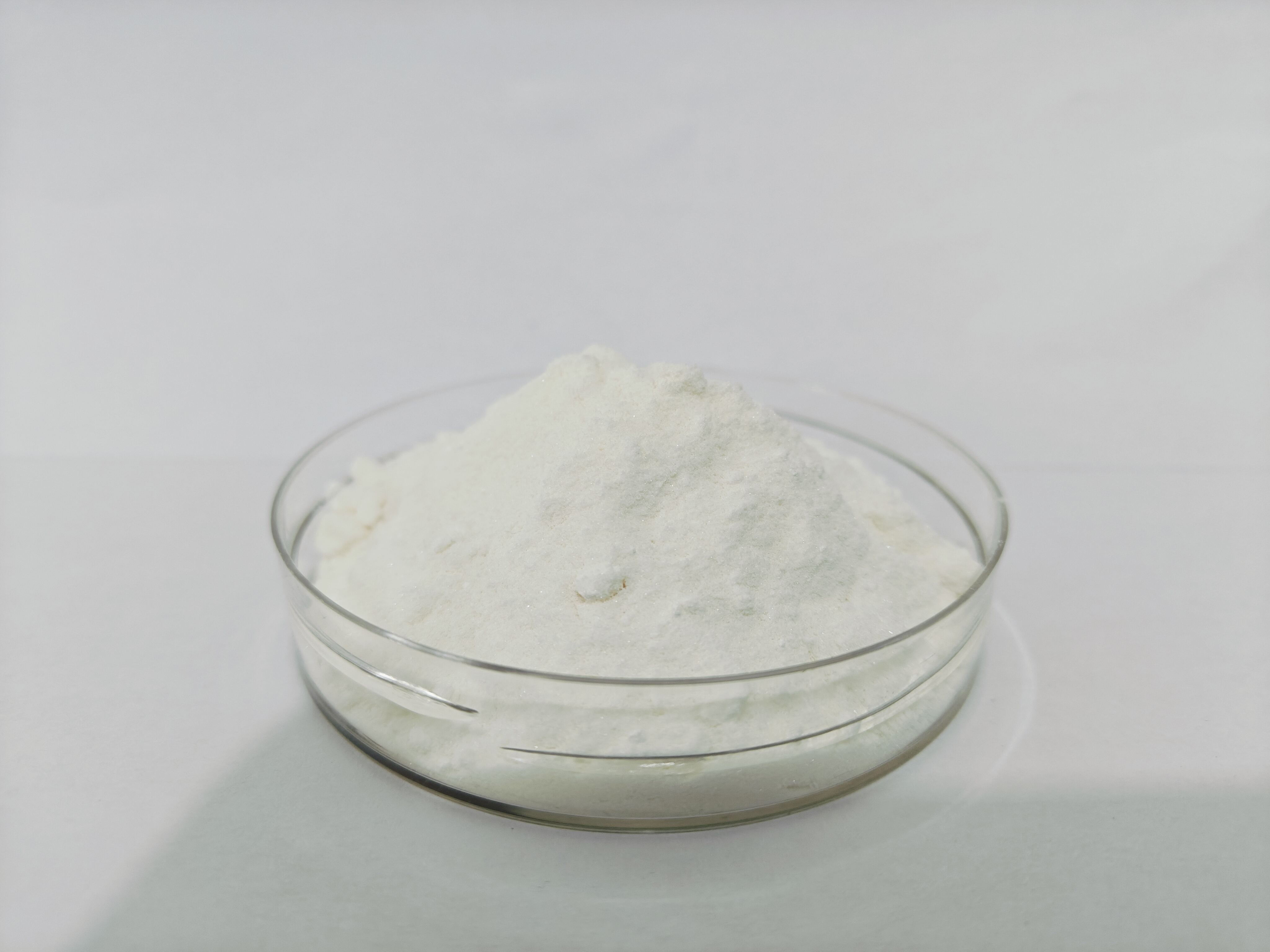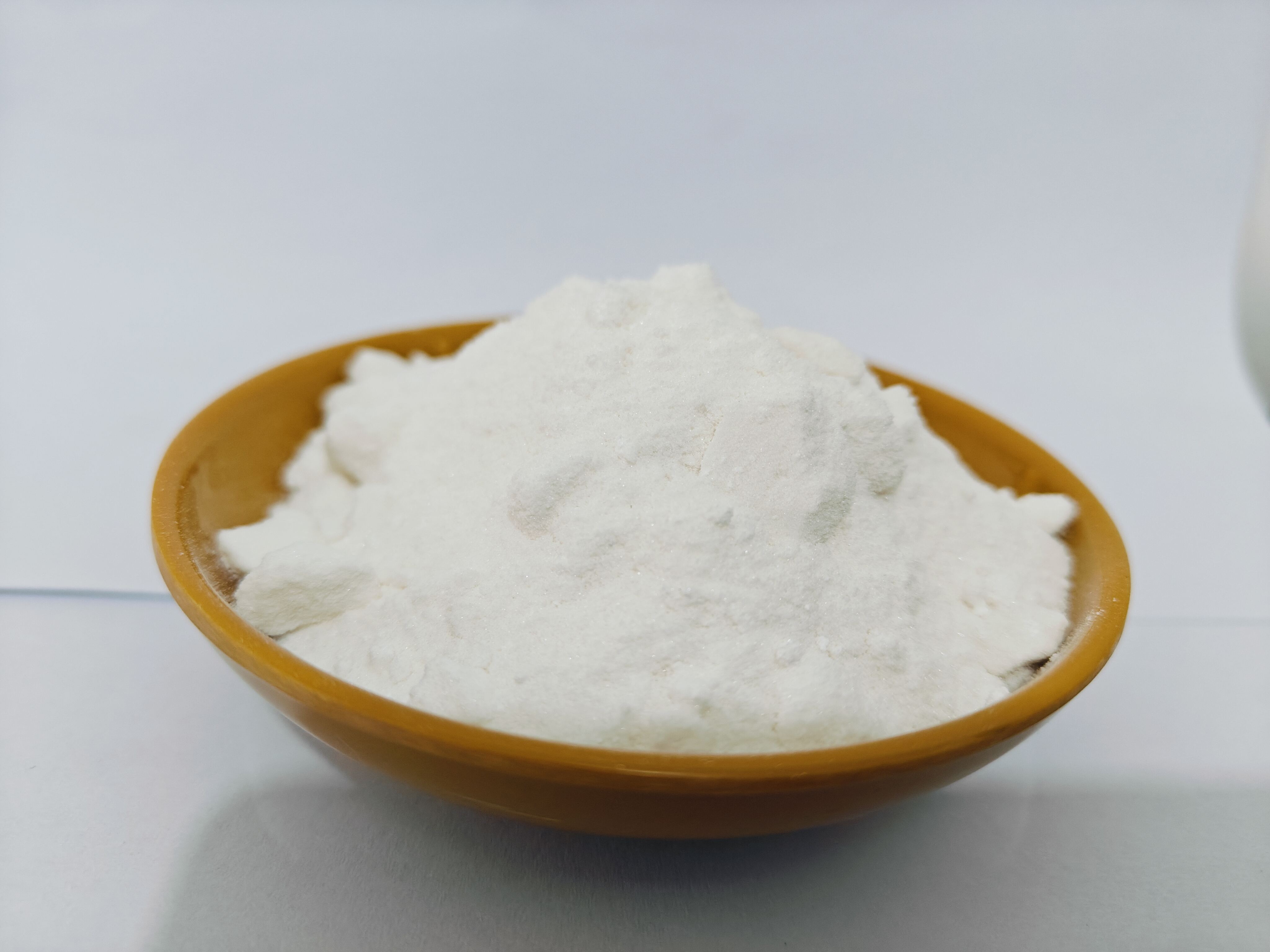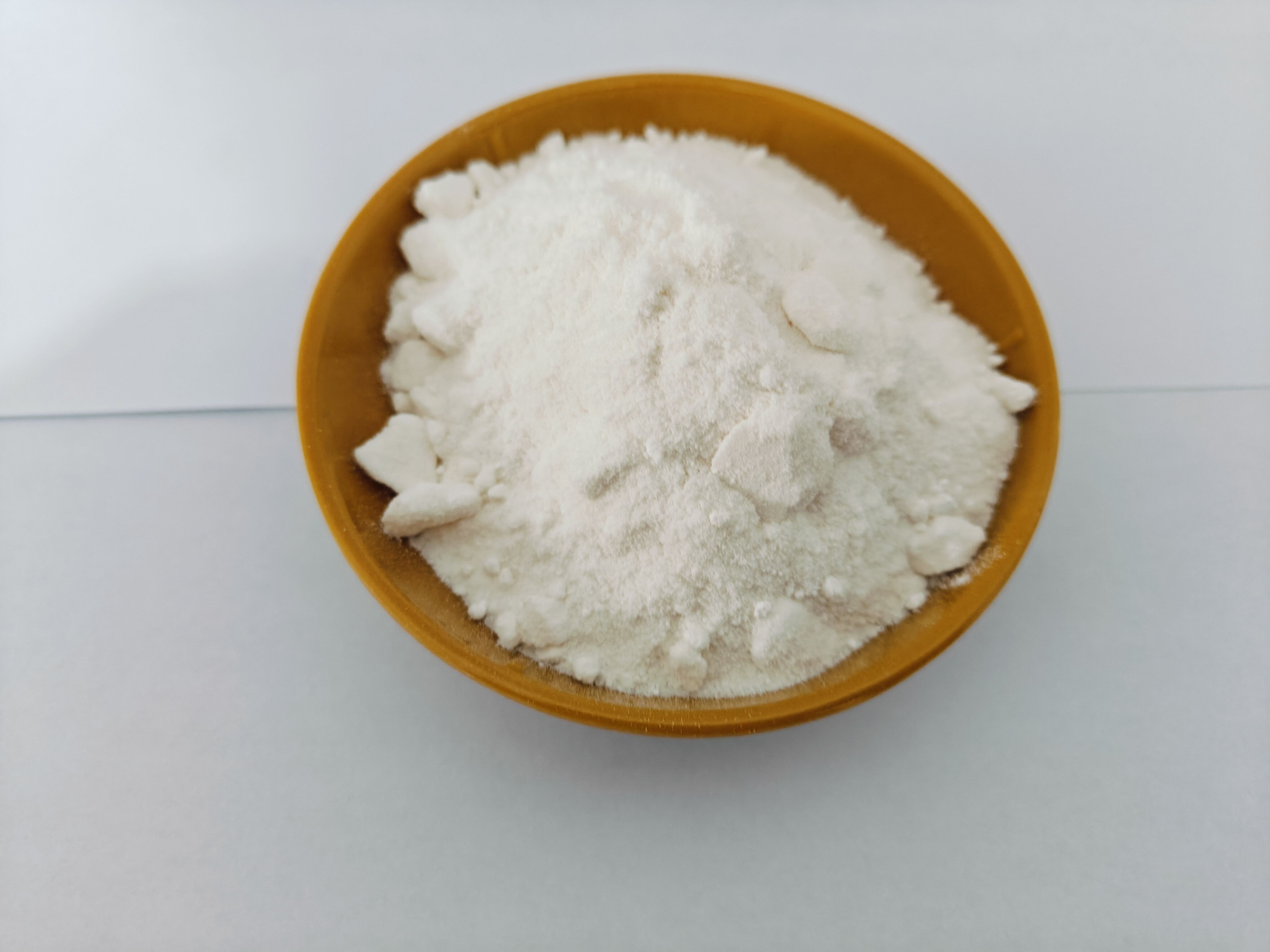types d'accélérateurs de durcissement emc
Les accélérateurs de polymérisation EMC sont des composants essentiels dans les matériaux d'emballage électronique, spécifiquement conçus pour améliorer le processus de polymérisation des composés de moulage époxy. Ces accélérateurs existent en différents types, y compris ceux à base d'imidazole, de phénol et d'organophosphines. Chaque type remplit des fonctions distinctes dans le processus de polymérisation, avec les accélérateurs à base d'imidazole qui sont particulièrement efficaces pour favoriser les réactions de croisement. Les accélérateurs à base de phénol se distinguent par leur stabilité thermique et leur capacité à améliorer les propriétés d'adhésion, tandis que les accélérateurs à base d'organophosphines offrent une activité catalytique supérieure à basses températures. Ces accélérateurs jouent des rôles cruciaux dans la maîtrise de la cinématique des réactions, en assurant une polymérisation uniforme et en optimisant les propriétés finales des composants électroniques moulés. La technologie derrière ces accélérateurs a considérablement évolué, incorporant des formulations chimiques avancées qui permettent un contrôle précis des températures et des durées de polymérisation. Les accélérateurs EMC modernes sont conçus pour répondre à des exigences de plus en plus strictes en matière d'emballage de semi-conducteurs, y compris une meilleure stabilité thermique, des caractéristiques d'écoulement améliorées et des temps de polymérisation réduits. Leurs applications couvrent divers processus de fabrication électronique, des emballages traditionnels de circuits intégrés aux dispositifs de semi-conducteurs avancés et aux électroniques automobiles.

